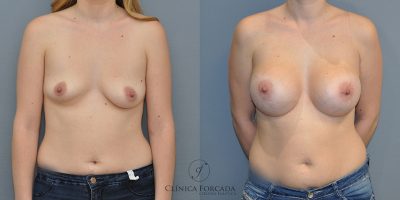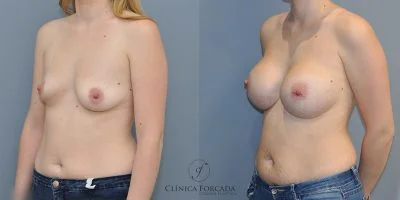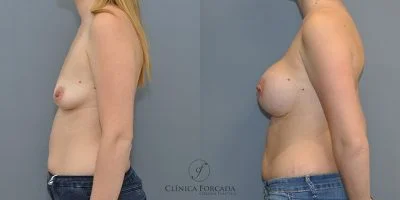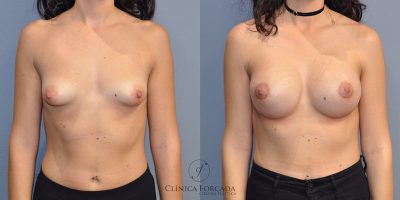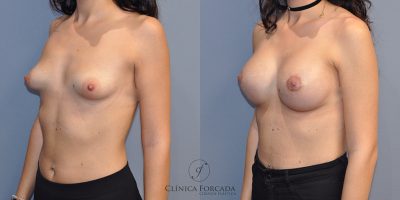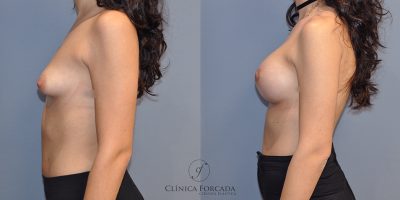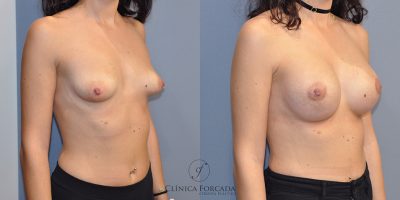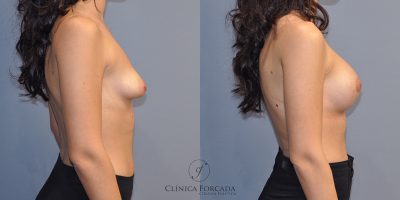We call tuberous breast one that has had an alteration in breast development, resulting in a lack of development in the lower part of the gland . This type of breast usually has a cone or tube shape (hence the term) rather than a rounded shape, due to the breast’s inability to develop normally. The areolas are usually large (areola herniation) and often ptotic (drooping). Furthermore, it is usually associated with significant breast asymmetry .
The tuberous breast is the most difficult breast to correct and therefore requires complex reconstructive techniques. In addition to the use of anatomical prostheses (drop-shaped), it is necessary to carry out readaptation and redistribution of the glandular tissue, as well as associated symmetrization and/or elevation.
Surgery planning
In the first consultation, Dr. Forcada will thoroughly examine your case and explain the treatment possibilities. Most of the time it is possible to correct the deformity in a single intervention, although in more complex cases it may be necessary to divide the treatment into two interventions. In the same way, the location of the incisions, the need to use a prosthesis, the type of prosthesis and the placement plane (submuscular/subfascial) will be explained.
It is a priority not to smoke at least 1 week before the intervention and during the postoperative month if we want to avoid complications and improve healing.
Surgery
The intervention usually lasts between 2 and 3 hours, depending on the complexity of the case. All operations are performed in the operating room, under general anesthesia and in a hospital. Generally, the patient is discharged the next day with a bandage that is removed after 3 days in the consultation. Most stitches reabsorb on their own, and those that do not are removed between the first and second week. During the first month you have to wear a specific bra 24 hours a day. Sometimes and depending on your case, it may also be necessary to apply elastic bands to shape the breast.
Results
In realistic and well-informed people the results are very satisfactory. Breastfeeding is generally not recommended after this type of intervention.
